The Type 96 submarine (Kyuu-roku-shiki sensuikan) is a class of diesel-electric attack submarines in service with the Japanese Imperial Naval Arm during the latter half of the 1990s. Similarly to their predeccsors, they coupled execllent speed and range together with a powerful weapons suite placing them amongst the fastest and most powerful diesel-electric submarines ever made and were often second only to nuclear-powered submarines themselves. These vessels are Japan's first submarines equipped with air-independent propulsion (AIP) and Stirling engines for underwater propulsion, features previously found only on nuclear-powered submarines. The class has many features that enhance stealth, helping it to remain undetected, including: shipboard machinery isolated and mounted on rubber dampeners to minimize vibrations; a hydrodynamic hull design to reduce noise, infrared signature, and active sonar response, a magnetic signature counteracted by 30 independent electromagnets to counter magnetic-sensing sensors, hull coatings to reduce active sonar response, and a mast coated with radar-absorbent material. Combined with the near-silent operation of the Stirling engine and anti-cavitation water-jet propellor, this renders the class nearly impossible to detect via conventional means, even with powerful sensors and equipment.
In keeping with the intresting and questionable choice in engines used by Japan, the Type 96 is powered by two Nakajima Fusae 18-cylinder air-cooled radial engines producing 2,000hp each, while quite an intresting design, it is without precedent, as the I-201-class during the Second World War also used two Nakajima Sakae 1,150hp engines on each vessel,and the Type 64 submarines during the 1960s made use of two 14-cylinder radial engines. In fact, Japan is the only nation, to date, that uses radial engines to power it's submarines instead of inline or V-engines, citing compactness and ease of maintainence.
Class overview
Manufacturer: Enoshima Fleet Yards, Kure Naval Arsenal, Maizuru Fleet Yards, Nagasaki Naval Yards
Operators: Japanese Imperial Naval Arm
Preceded by: I-700-class
Succeeded by: None
Built: 1996-1998
In commision: 1996-present
Ordered: 280
Completed: 280
Commissioned: 280
General characteristics
Type: Diesel-electric attack submarine
Displacement: ~2900 tons surfaced, 4700 tons suberged
Beam: 50.3ft (15.3m)
Length: 291.3ft (88.8m)
Installed power: 2x Nakajima Fusae air-cooled 18-cylinder radial engines, 2,000hp each at 2,700rpm
- 2x Mitsubishi Mi-90 Stirling AIP engines
Propulsion: Diesel-electric/AIP, 1 water jet
Top speed: 30 knots (56 km/h; 35 mph) on battery, 5 knots (9.3 kph) on AIP
Range: 8,000 nmi (15,000 km; 9,200 mi) at 16 knots*
Sensors, processing systems, and electronic equipment
Type 90 air/surface search phased-array radar (4 arrays)
Type 87 sonar array (4 emitters, 4 recievers)
Type 87 towed sonar emitters (4 emitters)
Type 94 Eihei intergrated combat system (lit. Sentry)
Electronic warfare & decoys
Type 87 sonar countermeasure launchers (2 launchers)
Type 88 sonar interference emitters (4 emitters)
Type 87 electronic warfare system (4 emitters)
Type 92 towed torpedo countermeasures (4 modules)
Armament
6x Type 64 61cm torpedo tube (24 reloads)
Type 80 "Ocean Lance" homing torpedo
Type 90 anti-ship missile
Type 64 vertical launch system (32 cells)
Type 84 "Long Lance" anti-ballistic/anti-air missile
Type 83 "Flying Lance" anti-ship/anti-air missile
Type 83 anti-submarine missile
Type 92 anti-supersonic missile
Controls
Throttle + Yaw: Piloting the ship
AG1: nothing, she's a sub, where chopper
*the following presumes that the ship travels in a straight line, surfacing only to recharge her batteries, before diving straight down again to a depth of 150m
Specifications
Spotlights
- BlinIndustry 2.2 years ago
- MarbleXLazuli 2.2 years ago
- Bryan5 2.2 years ago
- LunarEclipseSP 1.5 years ago
General Characteristics
- Created On Windows
- Wingspan 50.3ft (15.3m)
- Length 291.3ft (88.8m)
- Height 86.7ft (26.4m)
- Empty Weight 22,521lbs (10,215kg)
- Loaded Weight 74,887lbs (33,968kg)
Performance
- Horse Power/Weight Ratio 0.013
- Wing Loading 28.2lbs/ft2 (137.8kg/m2)
- Wing Area 2,653.3ft2 (246.5m2)
- Drag Points 5979
Parts
- Number of Parts 224
- Control Surfaces 2
- Performance Cost 1,372

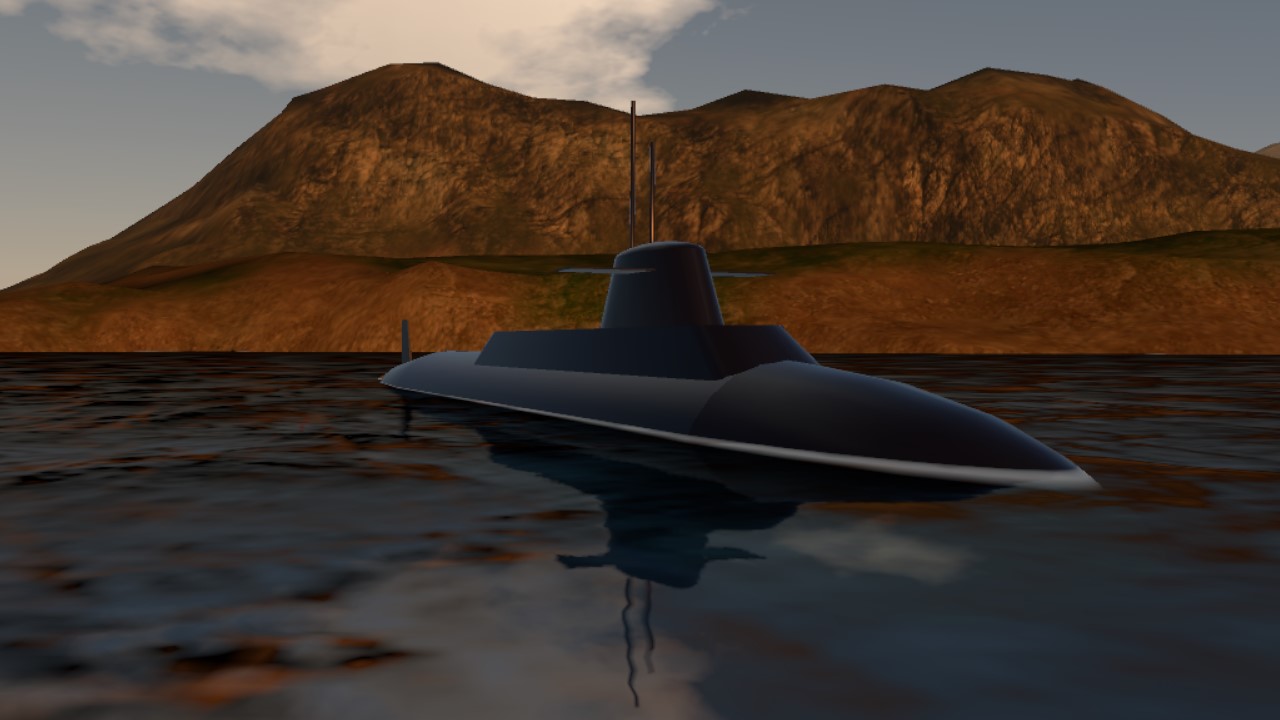
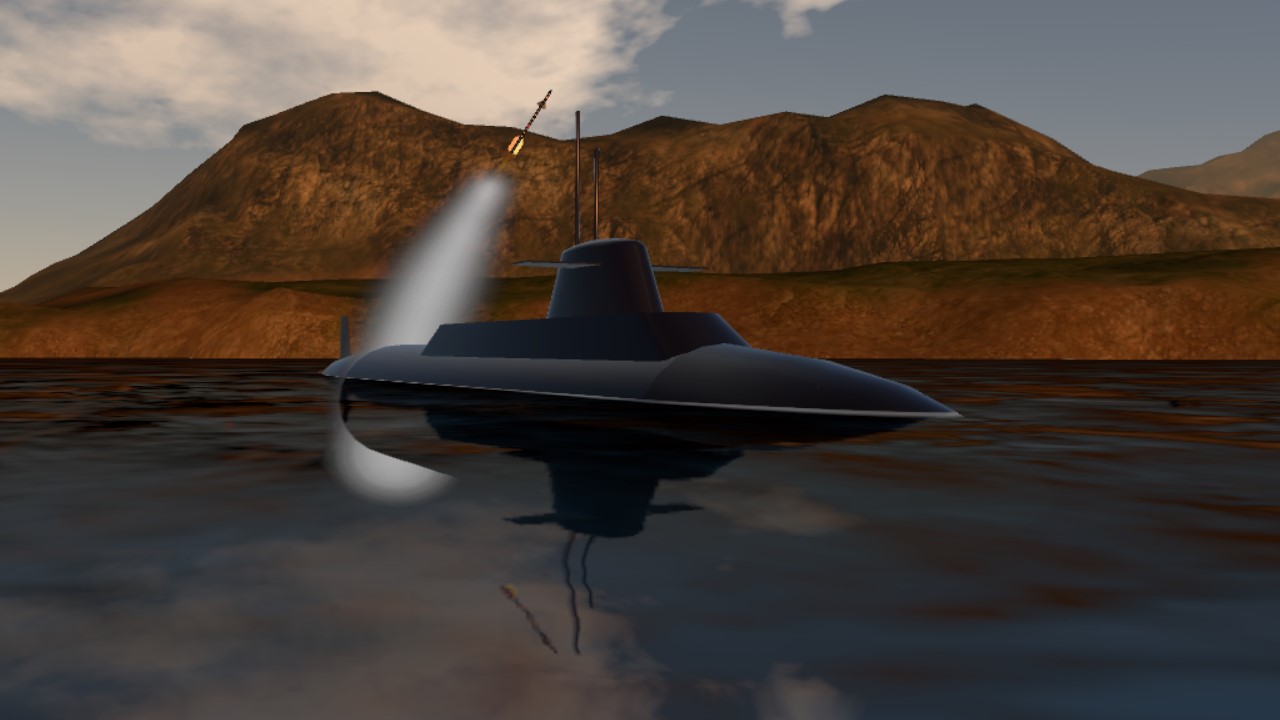
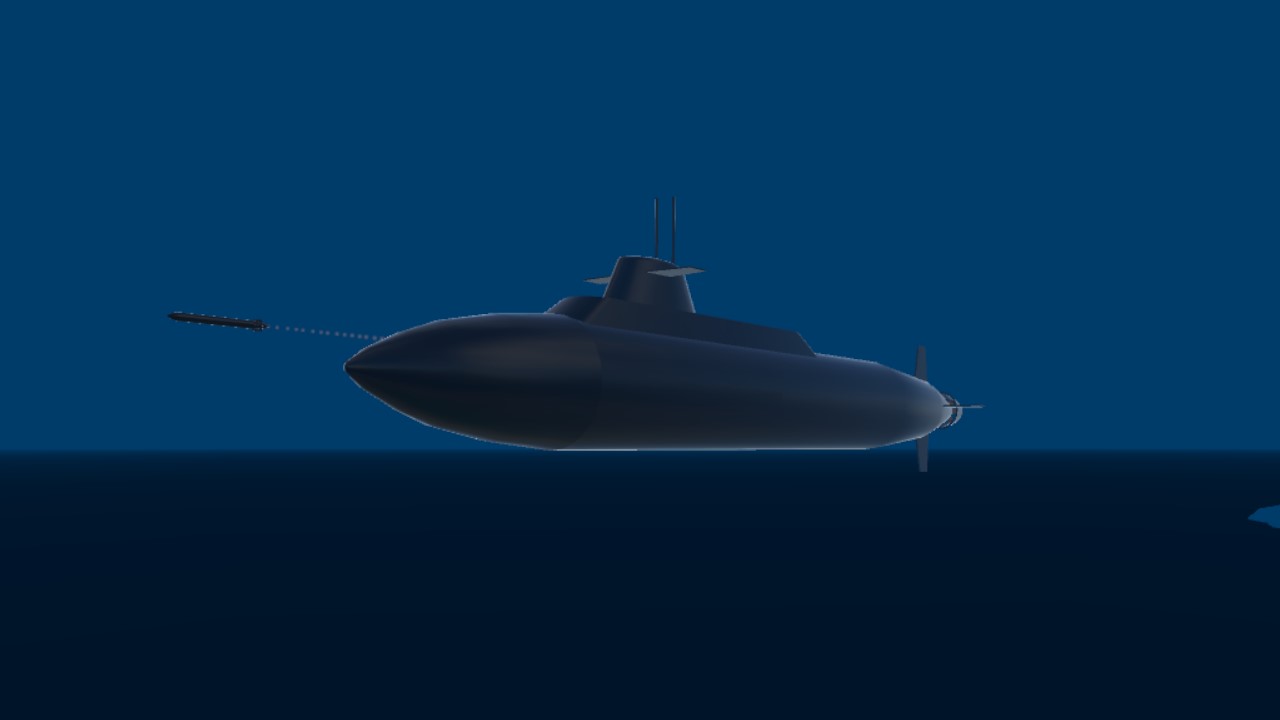

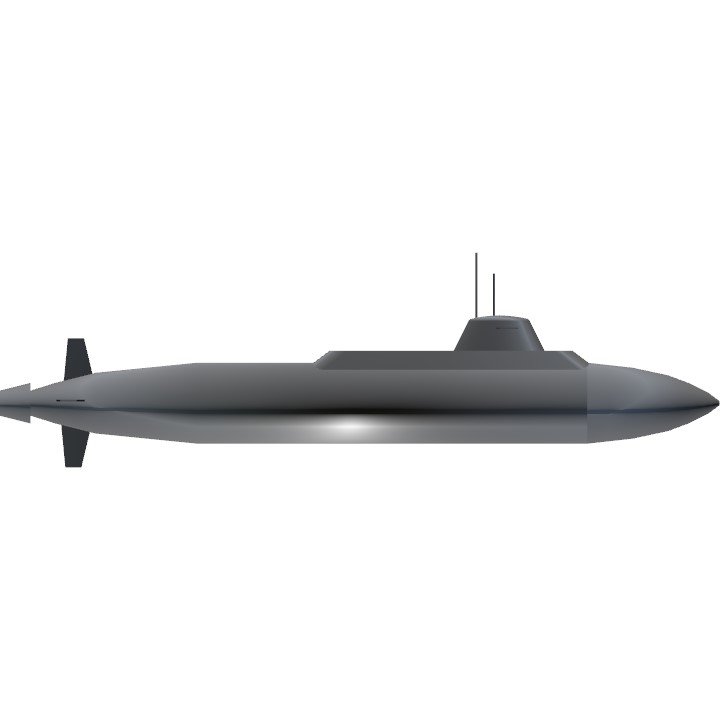
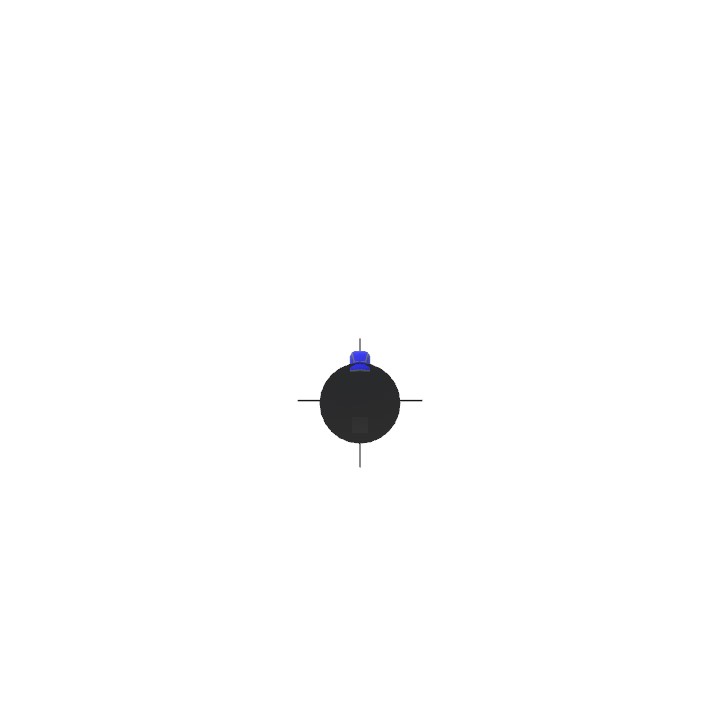
Back in my bronze 2.4 years
I am the captain of any naval warfare
Now, a fighter n' mechanic
CN Type 096 & Izanami-class submarine hybrid